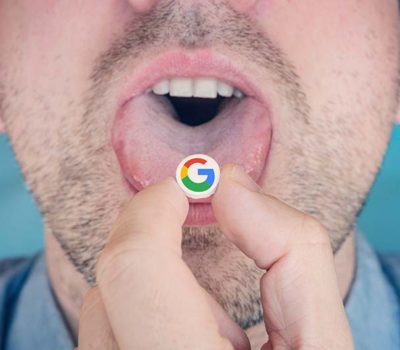Recently I’ve read a few articles about just how poor the Google Display Network works for advertisers.
Many of the writers question whether it should be used at all.
And, as if this is not bad enough, Google are testing a paid version of the web experience where the ads are pixelated, so your senses needn’t be assaulted and offended by their gaudy messages.
But, just perhaps, the GDN is an Ugly Duckling – just waiting to be recognised as the swan it really is.
Let’s wander back in time… before the internet. You wanted to find a plumber, you went to the yellow pages, or the classified ads section of your local newspaper. Today we call that Google search.
But there were lot’s of other things you bought that you didn’t want. Or need. You saw them in magazines, or on TV or heard about them on the radio. Maybe someone left a flyer in your mailbox, or sent you a letter (remember those?). Today we call that Google Display Network.
People never really complained about ads in magazines – in fact, many magazines were vastly improved by the ads! But people did get annoyed by TV ads, and were prepared to pay for ad-free TV. And spotify has a good number of paid subscribers who prefer to fork out a few dollars a month to get ad free listening. Why was this? In the main it was because the ads were either too obtrusive – i.e. there were simply too many of them, or they were not relevant.
Because the mass media is, well, targeting the masses, the ads cannot be as targeted as they can be in a magazine. If a woman buys Cosmo, and there are ads for the latest Jimmy Choo shoes, she is likely to drool over them almost as much as man reading Sport Fishing Magazine might drool over a new artificial lure. Whatever floats your boat. But you wont see artificial lures in Cosmo! And you wont see ads for Jimmy Choo shoes in Sport Fishing Magazine.
The problem with the Google Display Network is that you often will find the wrong things advertised on the wrong pages. To the wrong age group. To the wrong geography. To the wrong gender. Next to irrelevant content. That’s not Google’s fault – it’s bad marketing and bad campaign management.
In just the same way that it is common sense that you wouldn’t advertise expensive perfume in AutoTrader, so it is common sense that advertisers should carefully identify both the pages their market will be visiting and the demographics of that market. A careful combination of targeting options allows the savvy marketer to present ads only to those people who whilst they might not exactly drool over their offers, will not be reaching for their credit card to subscribe to ad free surfing. The key to good advertising is in segmentation and targeting. The Google Display Network offers just as robust a platform to develop effective campaigns as does the search network – it just needs a little more TLC.
So stop treating the Google Display Network like an Ugly Duckling. You might just be ignoring a swan.






